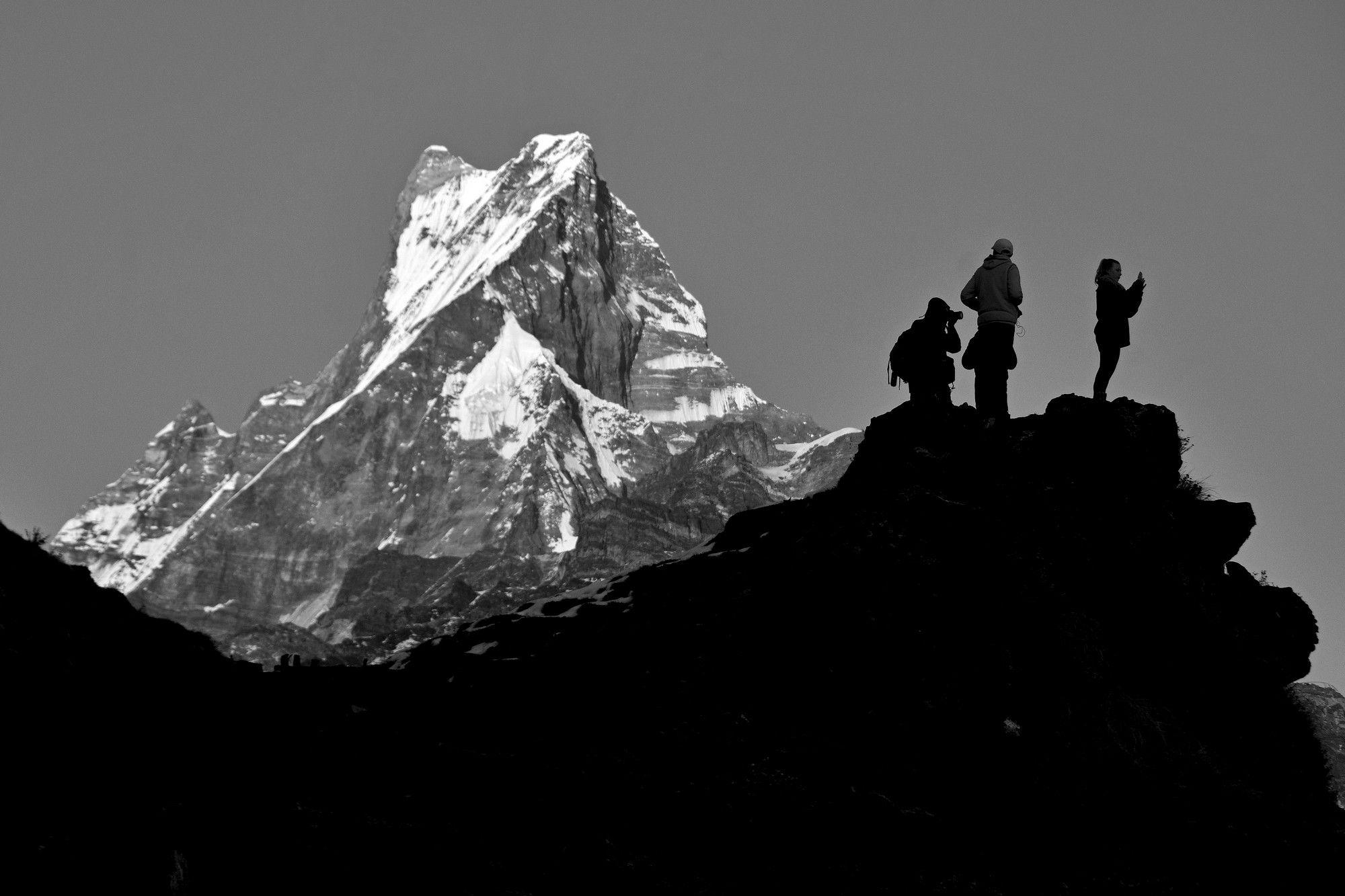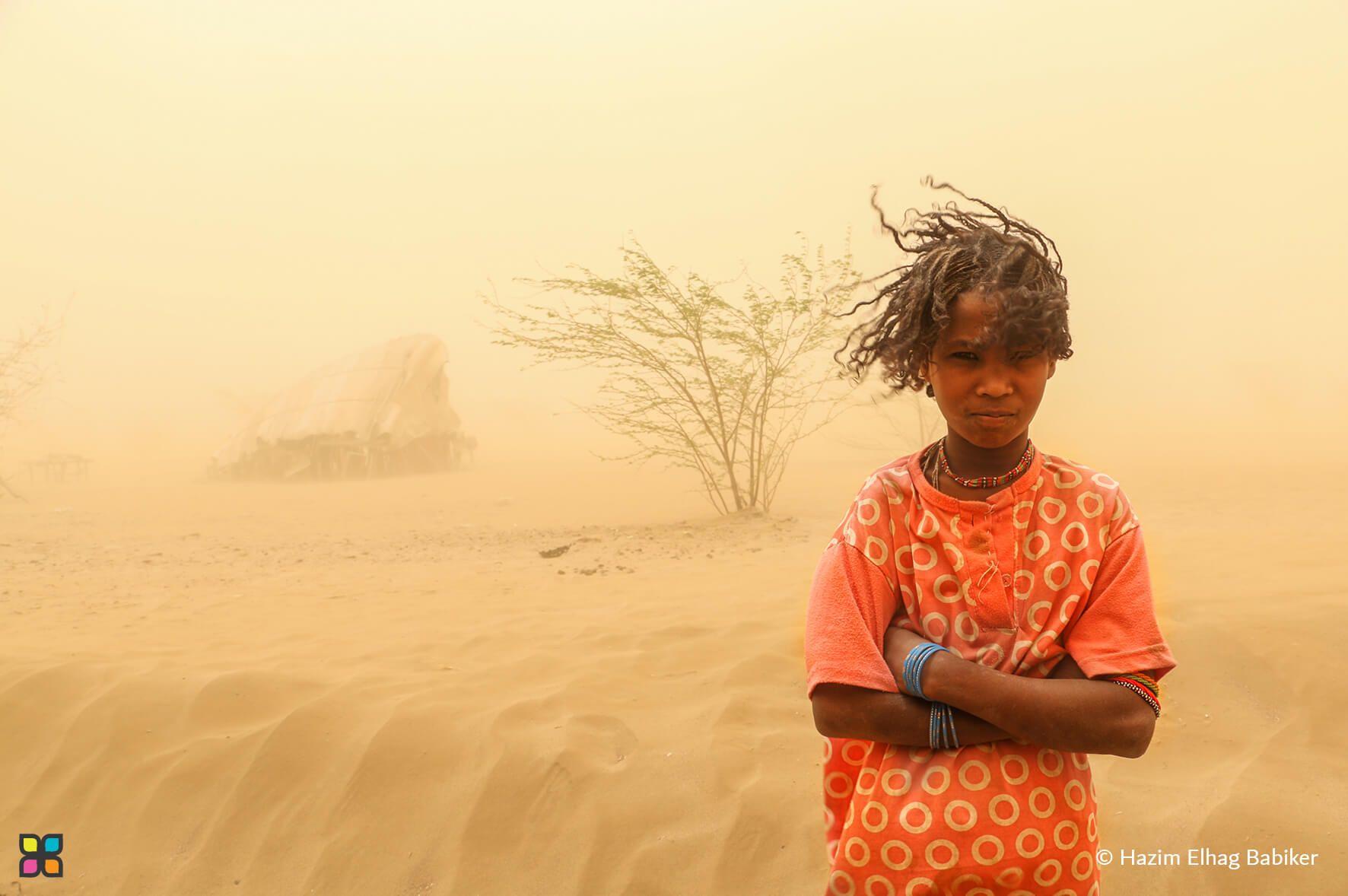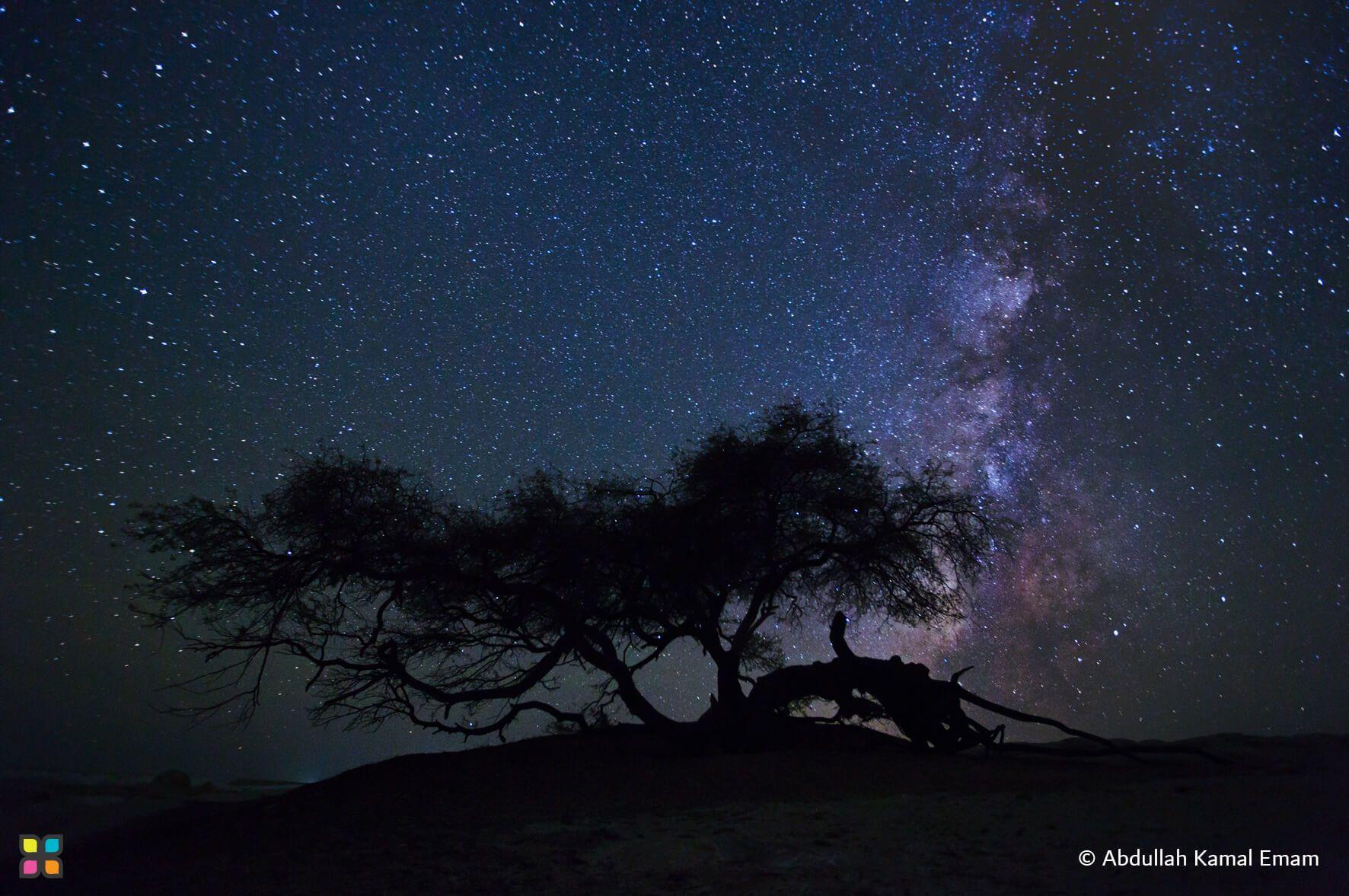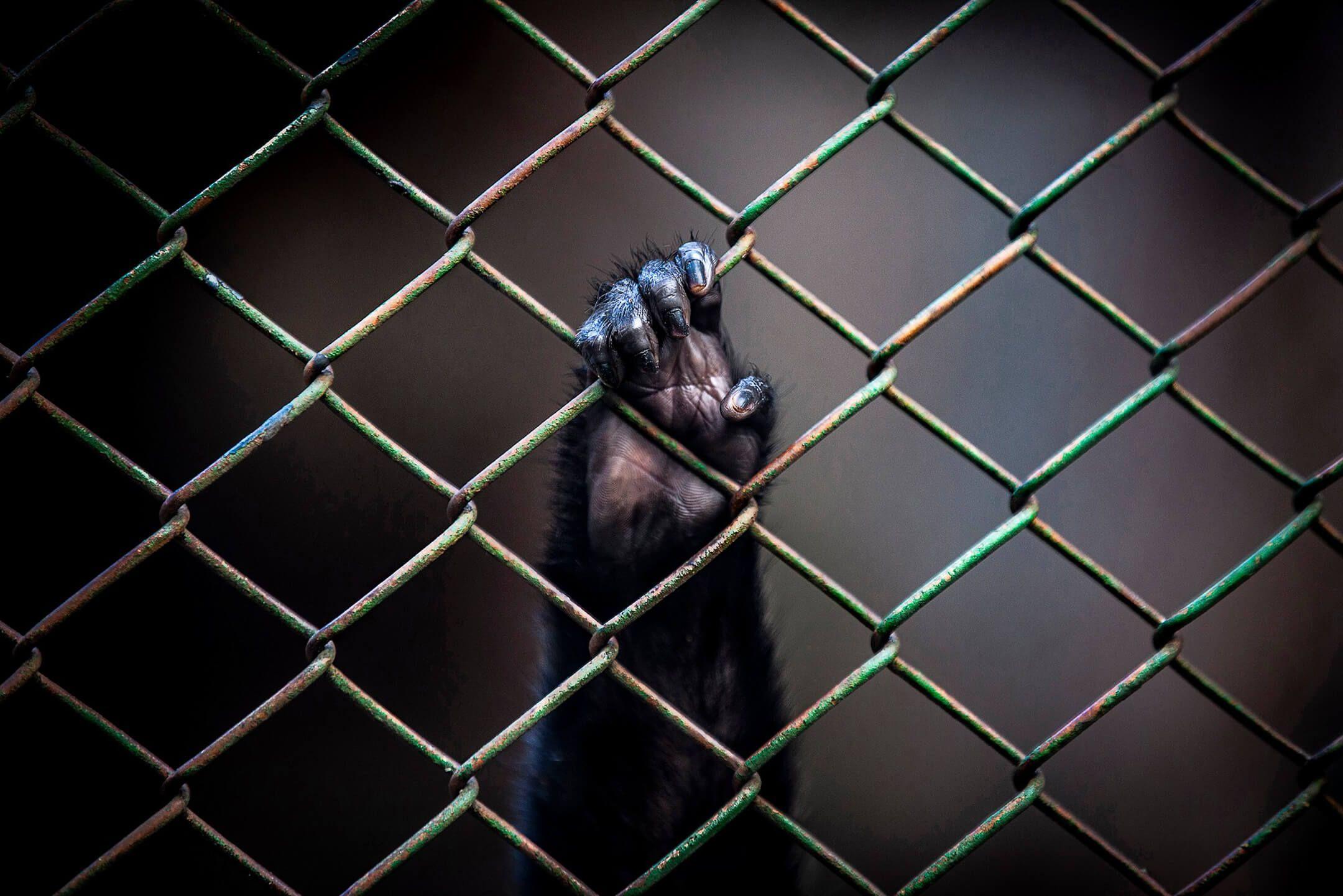This year, the Himalayas experienced a surge in visitors for a very disconcerting reason: a milder climate. The iconic region of Everest is suffering a rapid loss of glaciers due to the warming temperature and the lack of snow to feed the glaciers.
While this might be great news for those seeking easier access to the scenic trekking routes of the Himalayas, the warmer climate will likely devastate the ecosystem and the lives in and around the region for decades to come.
A recent study suggests that if we don't drastically reduce our global greenhouse gas emissions, the Himalayas can lose up to 80% of its glaciers by the end of this century. Sadly, communities and biodiversity that depend on the water sources on the glacier peaks will suffer yearly due to water shortages and the increased risk of floods and landslides.
Currently, about 2 billion people in Asia depend on the snow and ice of the Hindu Kush Himalaya for their freshwater needs.
Were we ever meant to tread the land that once was permafrost?
Now, on World Mountain Day, we must witness what we’ve uncovered underneath the glaciers and meet the challenges of making amends for the damages we’ve done.
This award-winning photograph was shortlisted in the Planet Category of the COP28 Photography Competition, a collaboration between The Climate Tribe and the Hamdan bin Mohamed bin Rashid al Maktoum International Photography Award (HIPA). The Climate Tribe has partnered with HIPA to leverage the power of photography to inspire global awareness of sustainability and advance climate action.
Most Popular
The Climate Tribe delivers stories about Biodiversity and Conservation, Circular Economy, Food and Water , and how they intersect with climate.
Subscribe
Get the latest stories inspiring climate action around the globe straight to your inbox.







